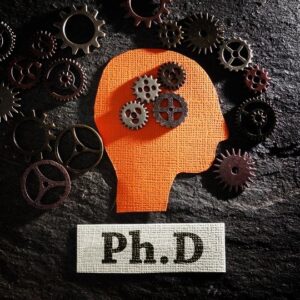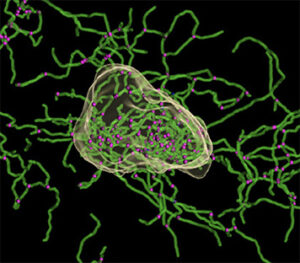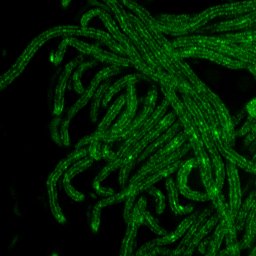A collaboration between Professor Lenne’s team and the Centre de Physique Théorique (CPT), under the umbrella of the Turing Centre for Living Systems, sheds new light on how physical forces contribute to early embryonic patterning.
Working with gastruloids the researchers demonstrate that large-scale tissue flows are instrumental in initiating body axis formation. These flows are not random: they redistribute cells according to their gene expression profiles, effectively guiding spatial organization in the absence of external cues.
Crucially, the study links these movements to differences in surface tension between tissue regions, producing flows analogous to Marangoni effects in fluid systems. Experimental fusion of distinct gastruloids and the measurement of resulting contact angles provided direct evidence of these tension gradients.
Rather than being solely genetically preprogrammed, early embryonic self-organization thus emerges from a dynamic interplay between mechanical forces and transcriptional identity. This work not only advances our understanding of developmental symmetry breaking but also underscores the relevance of physical principles in morphogenetic processes, with potential implications for a wide range of organoid systems.
See the CNRS article (French only) here.
Gsell, S., Tlili, S., Merkel, M. et al. Marangoni-like tissue flows enhance symmetry breaking of embryonic organoids. Nat. Phys. 21, 644–653 (2025).




